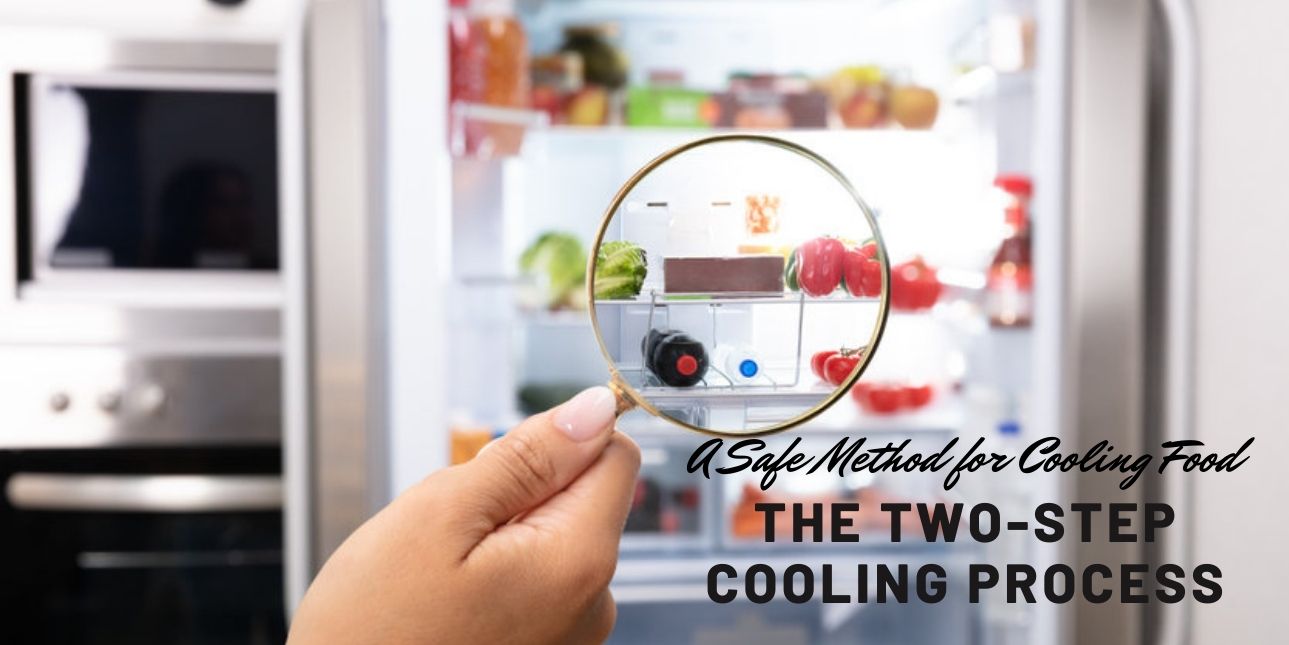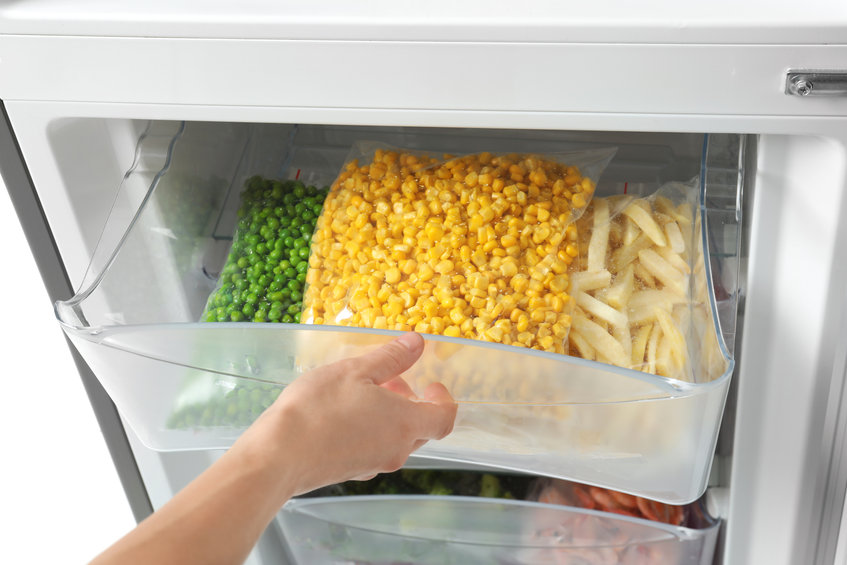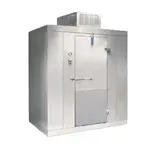
Restaurants often have to prepare ahead of time for rush hour, and this involves preparing and storing food that can be reheated before being served to customers. Since large crowds and full houses don’t allow for the full cycle of food preparation, chefs require a foolproof and safe method for cooling food. Food that is not cooled the right way can become a hotbed of bacteria and other microbes that can seriously hamper your patrons’ health. Food poisoning incidents are not uncommon, and a lot of the cases are caused due to improper food storage in commercial food establishments.
The methods for cooling small and large batches of food vary vastly, as the former tend to cool down quickly, while large volumes of food require a considerable amount of time. The best alternative to safely cooling foods involves the 2-step cooling process - a time-tested method that can ensure all your food stored is safe for consumption. Read on as we define the necessity of the 2-step cooling process and how you can implement this method at your establishment.
Temperature Danger Zones & The Necessity of Food Cooling Processes
Bacteria and other microbes are known to quickly multiply in certain temperatures conducive to their growth. Between 125 and 70 degrees Fahrenheit, bacterial growth has been known to double, presenting a risk to stored foods. These bacteria are capable of causing foodborne illnesses in people and can lead to severe forms of food poisoning. Food that is not stored and cooled properly runs the risk of being colonized by bacteria, turning the food stale and unsafe for consumption. While regular refrigeration techniques do not apply to large batches of food prepared in commercial kitchens, the best alternative to safely cooling foods is by using the two-stage cooling process. Commercial walk-in units, walk-in coolers, and blast chillers are especially well suited for carrying out the steps involved in the two-stage cooling process.
The Two-Step Cooling Process
The FDA recommends a two-stage cooling method to safely cool foods and traverse the bacterial danger zone quickly to prevent microbial colonization of the food. The steps involved in the two-step cooling method are:
- Bringing down the temperature of food from 135 degrees to 70 degrees Fahrenheit within 2 hours. Quickly cooling the food in this stage allows food to safely and swiftly exit the bacterial danger zone without providing ground for microbial growth.
- The next step involves the cooling of food from 70 degrees to 41 degrees Fahrenheit within 4 hours. This will ensure the food your staff has prepared is no longer at risk from bacterial contamination due to temperature factors.
In case the food in the first stage does not reach 70 F within the first 2 hours, the food must be reheated to over 165 degrees and must be allowed to remain at the temperature for at least 15 seconds. The food must be cooled again using the same guidelines mentioned above and should be brought to 40 F within 2 hours. Provided the food is not cooled in the two-stage cooling method, it must be discarded, for it poses the threat of harboring harmful bacteria.
Safe Methods for Cooling Food
To help your kitchen follow through with the two-stage cooling method, you can use a few tools and tricks to ensure the food cools within the given timeframes, some of them are:
- Ice bath: Ice baths can be handy when you’re trying to follow the rules mentioned in the two-stage cooling method. Prepare an ice bath by filling a large food storage container or a clean & sanitized sink basin with some water. Add ice to the filled water, and place the pan or pot of food in the ice bath. Ensure the ice’s level remains above the level of the food in the vessel, however, make sure it does not get submerged. Add more ice to the ice bath and keep monitoring the temperature of the food using a food-grade thermometer.
- Ice: Adding ice to the food can be a good way of bringing down the temperature within the prescribed period. Though adding ice might cause certain foods like gravies and sauces to become watered-down, you can re-thicken these foods before you serve them to your customers. Since the middle portion of the food in a container cools the slowest, be sure to place ice in the central portion of the container, along with the sides to ensure uniform and complete cooling.
- Ice Paddles: These are ingenious tools that help you follow the steps in the two-stage cooling method, and even help you prevent watering down foods. Ice paddles come with central canisters that are capable of holding water. Fill this canister up and allow the water to freeze by placing the paddle in the fridge. Once frozen, use the paddle to cool down a variety of foods quickly. Placing the paddle in the food once every few minutes will help you reduce the temperature of the food quickly. Stir the food around to equally cool the entirety of the container uniformly. Monitor the temperature frequently and ensure the temperature drops to under 70 F in two hours. Ice paddles allow you to avoid watering down food and can be reused. Once you’re done using the ice paddle, clean it and refill the canister to freeze it again.
- Blast Chillers: While these specialized refrigerators are essential in the production of ice cream, they can also be very useful when using the two-step cooling process. Apart from the three methods mentioned above, using blast chillers is one of the best alternatives to safely cooling foods. Distribute the prepared food in small containers that are not more than 4 to 6 inches in depth. Shallow containers allow for quicker cooling. Blast chillers use cold air to bring about rapid cooling and prevent the formation of ice crystals in the food. Once cooled to the optimal temperature, remove the food from the blast chiller and put it in cold storage.
The two-stage cooling method is one of the most efficient modalities to cool and store prepared food safely in your establishment. Adhering to the two-stage cooling process is an important step in complying with the health standards laid down by the FDA. The technique allows you to prevent foodborne illnesses and ensures your staff handle food in a responsible manner. Train your employees in this technique and instruct your staff to maintain a cooling log & to rotate turns when carrying out the two-step cooling process. Not following the right cooling modalities can lead to your customers falling ill, and can cause you to lose customers in the long run.








